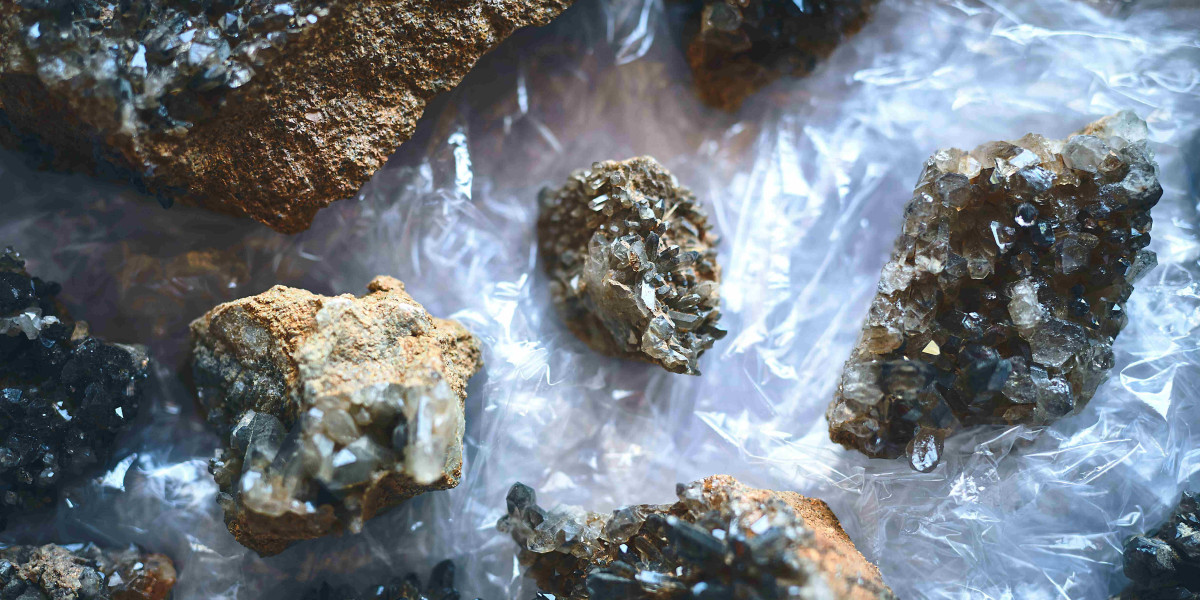Introduction
Rare earth metals are 17 elements that help run many modern tools. These include 15 lanthanides and two others: scandium and yttrium. These rare earth elements are in phones, cars, and wind turbines. They make these tools work well. Though called "rare," rare earth minerals are in many places on Earth. But they are hard to get. This is because they are mixed with other materials. Mining and cleaning them is not easy. This causes problems in the global supply. Many industries need these metals. But supply can be tricky. This blog will explain what these metals are. It will show how we use them. It will also explain supply problems.
What Are Rare Earth Metals?
The name rare earth metals means 17 elements. Most are lanthanides. These include lanthanum, cerium, neodymium, and others. Scandium and yttrium also belong here. They are found near lanthanides in rocks.
These metals come in rare earth minerals. They are in the Earth’s crust. But they appear in small amounts. This makes mining hard. The metals must be separated. This is tough because they behave alike. Many steps are needed to get pure metals.
Each metal is special. For example, neodymium makes strong magnets. Europium helps screens show bright reds. These qualities make rare earth materials very useful.
In total, the 17 elements vary in their abundance and difficulty to extract. Some are easier to find but still require complex processing. Others are rarer and more expensive. The challenge is not only to mine them but also to separate them efficiently without harming the environment.
Key Uses of Rare Earth Metals
We use rare earth metals in many ways. They make many tools better.
Electronics and Technology
Electronics need rare earth elements a lot. Neodymium and praseodymium make strong magnets. These go in hard drives, speakers, and headphones. These magnets help devices be small and work well.
Europium and terbium help screens show bright colors. They are in phones and TVs. These rare earth minerals make displays look good.
Without these metals, electronics would be big and weak.
Another important use is in batteries and sensors found in many gadgets. These components rely on rare earth materials to improve efficiency and performance. The miniaturization of technology heavily depends on these metals.
Renewable Energy
Clean energy needs rare earth metals. Electric cars use magnets made with neodymium. These magnets help cars run well.
Wind turbines also need rare earth elements. They use magnets to make electricity from the wind.
As clean energy grows, demand for rare earth materials will rise.
Besides cars and turbines, solar panels also benefit from some rare earth minerals that improve energy conversion. These metals help make renewable energy more efficient and affordable.
Defense and Aerospace
The military uses rare earth metals, too. Jet engines and radar need these metals. They resist heat and help machines work well.
Because of this, having enough rare earth minerals is important for safety.
Missiles, satellites, and advanced communication systems also rely on these metals. Their properties allow for lighter and stronger materials in defense technology.
The Global Supply Chain of Rare Earth Metals
The supply chain is not spread out. It has risks.
Major Producing Countries
China makes most rare earth minerals. It mines more than half the world’s supply. It also refines most of the metals.
Other countries like the US and Australia make less. They want to mine more to help supply.
Because China leads, problems there affect the world.
In recent years, other countries have tried to increase mining and refining to reduce dependence on China. Some new mines have opened, and research into alternative sources is growing.
Mining and Refining Challenges
Mining rare earth materials is hard. The metals are in low amounts in ores. It takes many steps to get pure metals.
Ores may have radioactive parts. This needs care when mining.
These things make mining expensive and tough.
Refining is also energy-intensive. The processes use chemicals that need careful disposal. Managing waste safely is a big concern for mining operations.
Geopolitical Risks
Some countries limit exports or raise tariffs. This affects the price of rare earth metals.
Because of this, countries want to find other sources. Recycling and new materials help reduce risks.
Trade disputes or political decisions in producing countries can suddenly cut supply. This creates uncertainty for industries that depend on these metals.
Price and Cost Dynamics
The price of rare earth metals changes a lot.
Growing Demand
More phones and green tech need these metals. This raises the demand for rare earth elements. It also raises the cost of rare earth metals.
Supply Limits
Mining limits and politics reduce supply. This causes price swings.
Recycling and Alternatives
Recycling old devices can give back rare earth minerals. This helps supply. New materials may reduce demand.
Prices also depend on mining costs, environmental rules, and market speculation. The market can be unstable, causing sudden price jumps.
Environmental and Sustainability Concerns
Mining rare earth metals affects nature.
Environmental Impact
Mining makes waste. Some waste is toxic or radioactive. This can hurt water and soil.
Mining also changes land and adds pollution.
Sustainable Solutions
Cleaner mining and recycling help. These protect the environment.
Some companies now use safer chemicals and recycle water to lower pollution. New technology aims to reduce waste and energy use during extraction.
Future Outlook for Rare Earth Metals
Demand will grow with new tech.
Increasing Demand
New machines like electric planes will need more rare earth elements.
Diversification Efforts
Countries want new mines. They want less dependence on a few producers.
Innovation in Recycling
Better recycling will get more rare earth metals from waste.
Researchers also explore new ways to find these metals, like mining deep-sea deposits or extracting them from old electronics more efficiently.
Conclusion
Rare earth metals are key for technology, energy, and defense. They are not truly rare but hard to mine. The price of rare earth metals can jump because of supply and politics. Mining can harm the environment.
To keep supply safe, the world must find new sources. It must be recycled more. It must be cleaner. This helps keep using these important rare earth elements in the future.



